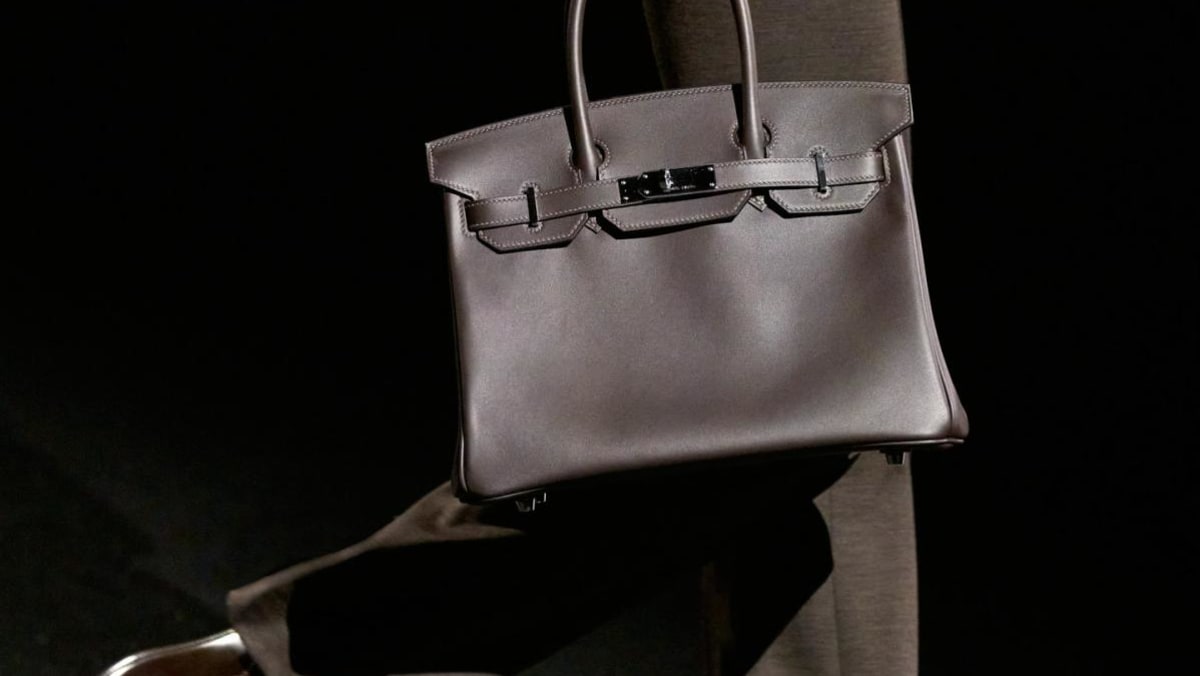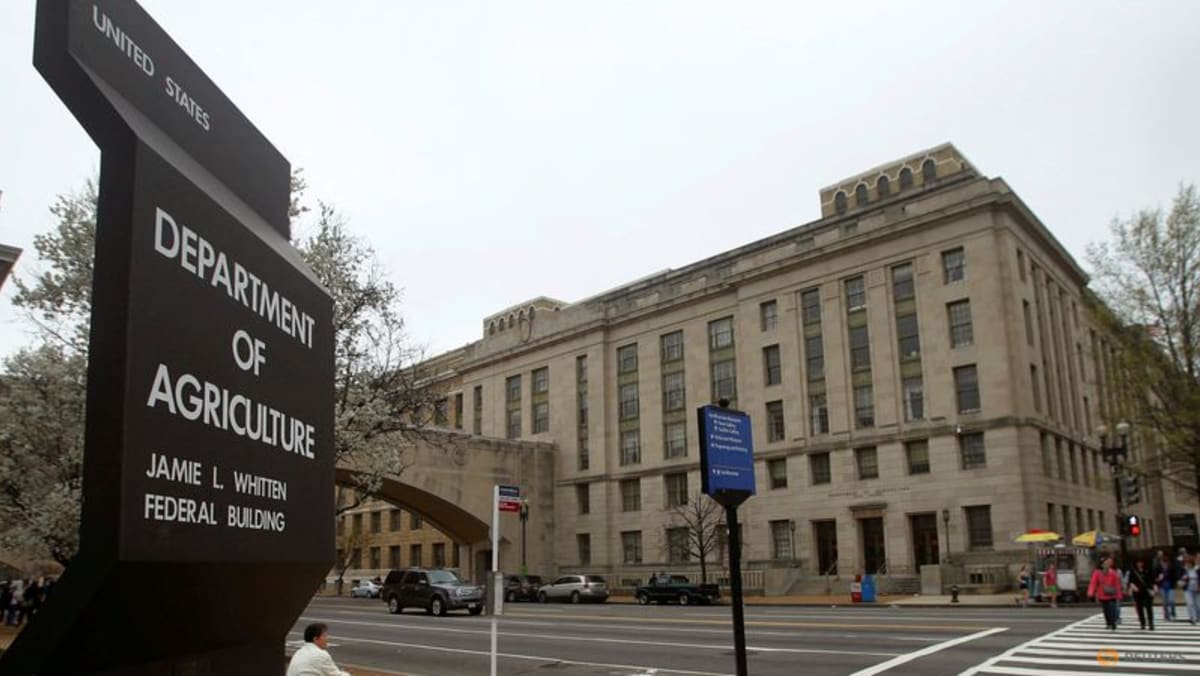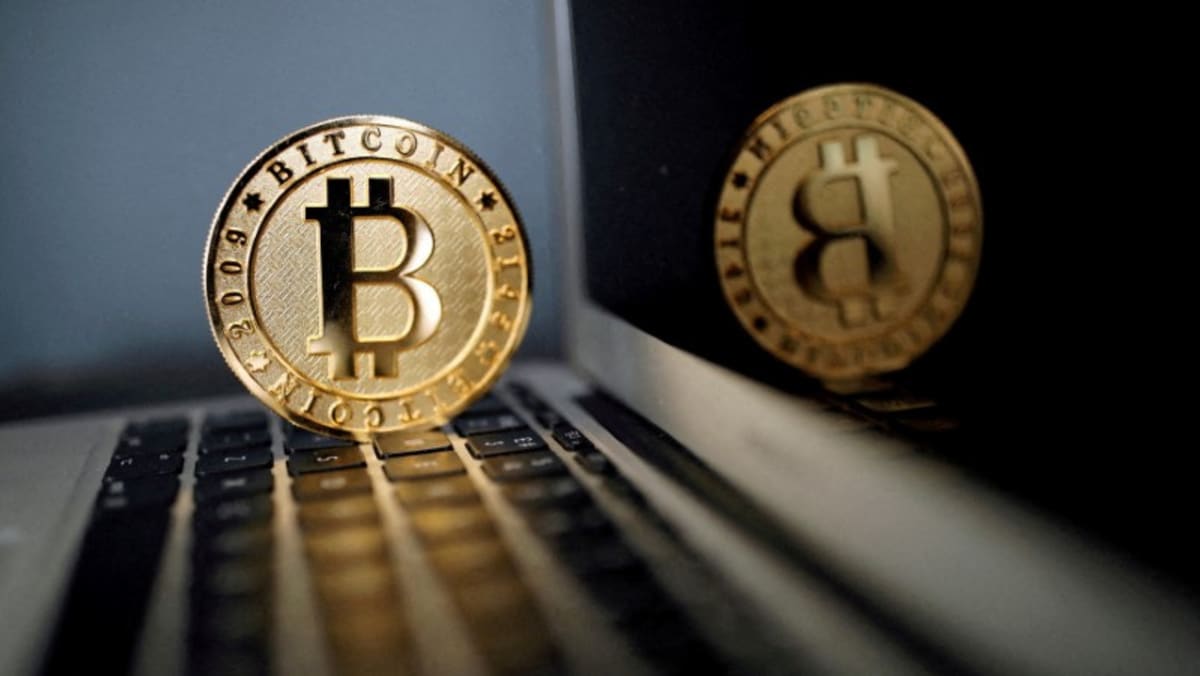Hermes’ market value soared past €300 billion (US$314.89 billion; S$421.71 billion) after it showed continued resilience by posting strong sales in the final months of 2024 that outperformed the luxury sector.
The stock rose as much as 5 per cent on Friday (Feb 14), before closing 0.8 per cent higher for a market valuation of €302 billion, as the maker of high-end Birkin handbags reported fourth-quarter results that outstripped analysts’ forecasts. Hermès passed the €200 billion market value mark in 2023 and is now edging closer to the market capitalisation of larger rival LVMH.
The Paris-based company reported a 17.6 per cent increase in fourth-quarter revenue to €3.96 billion, well ahead of consensus forecasts compiled by Bloomberg. It said sales grew by double-digit percentages in every region with the exception of Asia-Pacific excluding Japan, where growth reached 8.9 per cent — also above consensus — amid a depressed luxury market.
“In 2024, in a more uncertain economic and geopolitical context, the solid performance of the results attests to the strength of the Hermes model,” said executive chair Axel Dumas.
The high-end luxury house said recurring operating income in 2024 was €6.15 billion, slightly ahead of expectations, with a sales margin of more than 40 per cent.
Its shares have outpaced rivals including LVMH as well as the more troubled Kering, owner of Gucci.
Hermes said it would continue to grow at constant exchange rates in 2025 and that it was starting the year with “confidence” despite the uncertain economic and geopolitical environment.
The company is one of the strongest brands in luxury, known for its resilience during downturns because of its wealthy client base — largely immune to economic cycles — and a restrained production model, which is far outstripped by demand.
Its coveted Kelly bag, for example, has a starting price point of about €8,000, with clients often waiting months or years to buy one.
Hermes’ ready-to-wear fashion and leather goods divisions, its two biggest, grew double digits in the fourth quarter, with leather goods — which accounts for roughly half of group sales — growing fastest at 21.5 per cent, roundly beating consensus.
However, the watches division was its weakest in 2024, with sales falling 4.2 per cent organically over the year because of a “more challenging context and a high comparison basis”, the company said. Its silks and textiles division also grew at a slower single-digit rate, indicating pressures on middle-class shoppers.
Hermes has outperformed peers through the luxury downturn, including in a depressed Chinese market where it has been one of the few brands to grow consistently last year. Dumas said it was too early to see an inflection point in the market, despite some positive early signs.
“That Hermes is in the ideal position to provide unrivalled sector market share gains is not up for debate,” said James Grzinic, analyst at Jefferies, while any impact from US trade tariffs “would be recovered through pricing”.
Hermes has in recent years been more restrained in increasing prices than most of its peers, giving it more latitude to do so now. Dumas said the company planned to raise prices between 6 and 7 per cent this year, slightly less than in 2024.
Adrienne Klasa © 2025 The Financial Times.
This article first appeared in The Financial Times.













